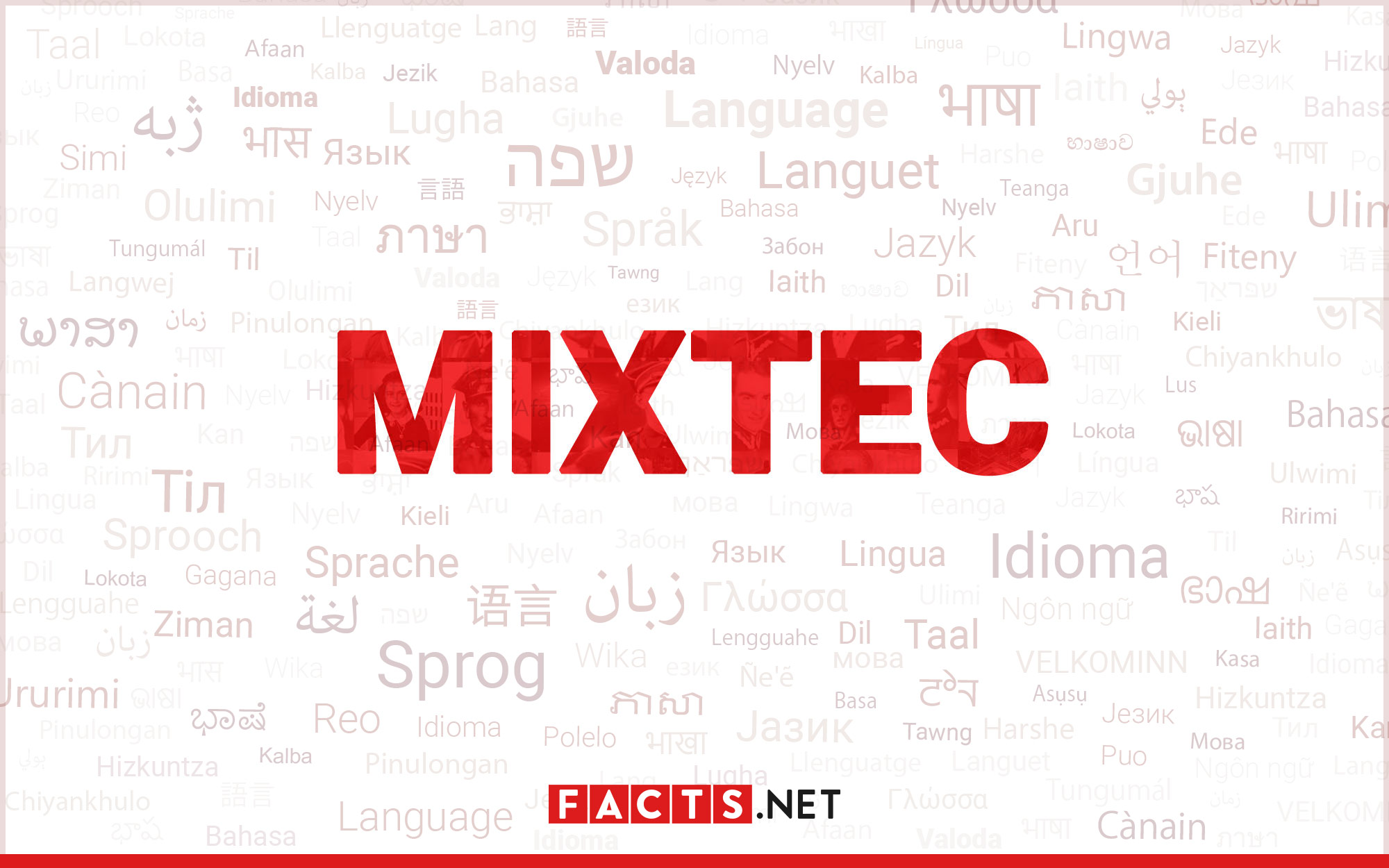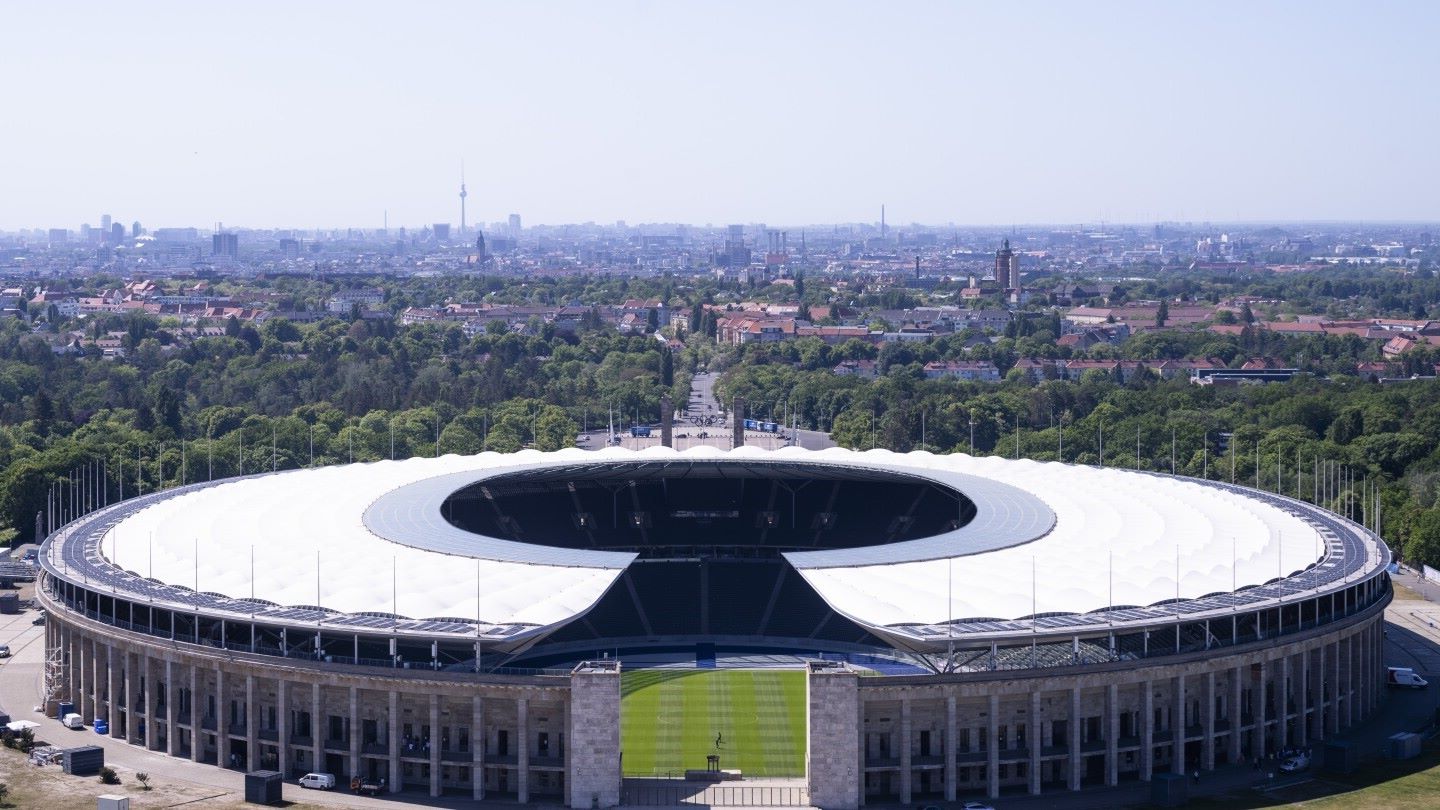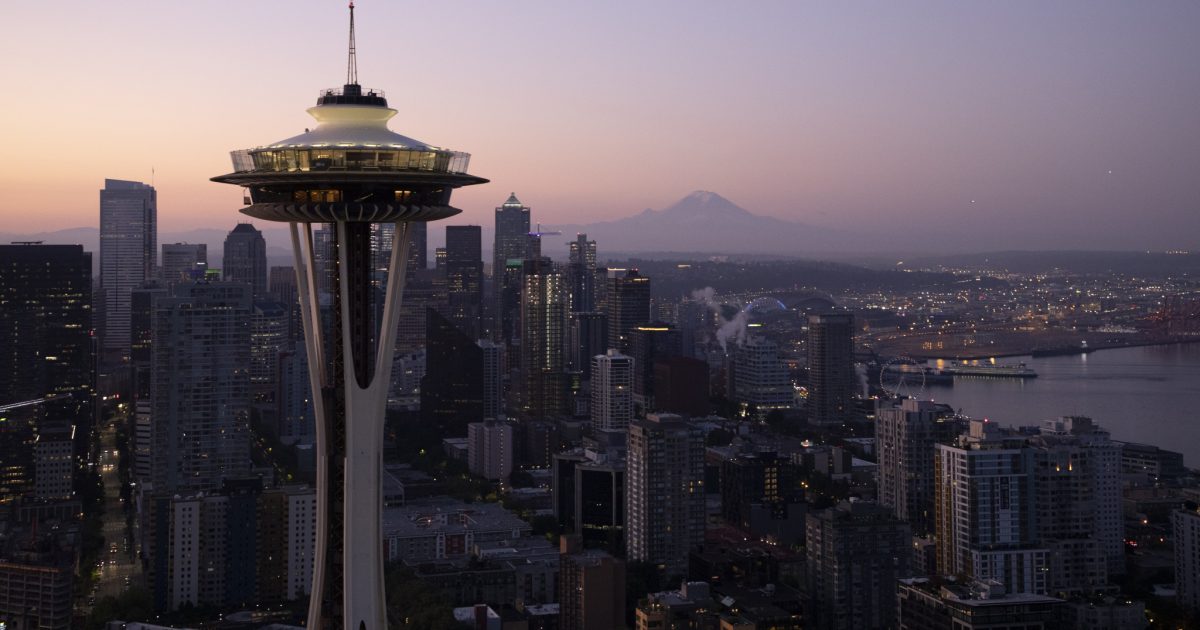
The Mixtec people have a rich and fascinating history that spans thousands of years. This indigenous group, hailing from the region known today as Mexico, has left behind a legacy of art, language, and cultural practices that continue to captivate scholars and enthusiasts alike. In this article, we will explore 13 intriguing facts about the Mixtec, shedding light on their accomplishments, beliefs, and contributions to Mesoamerican society. From their mastery of intricate codices to their innovative agricultural techniques, the Mixtec have made enduring marks on the cultural landscape of Mexico. So, let’s dive in and discover the remarkable world of the Mixtec.
Key Takeaways:
- Mixtec language is spoken by indigenous people in Mexico, known for its complex tonal system and rich mythology, passed down through vibrant festivals and ceremonies.
- Mixtec artisans are revered for their exquisite craftsmanship, creating intricate artwork, vibrant textiles, and diverse, flavorful cuisine, reflecting their deep-rooted history and cultural heritage.
Mixtec is an indigenous language spoken by thousands in Mexico.
The Mixtec language, also known as Ñuu Savi, is spoken by the Mixtec people, an indigenous group primarily residing in the southern regions of Mexico. It is one of the most widely spoken indigenous languages in the country, with numerous dialects and variations.
Mixtec has a rich history dating back thousands of years.
The Mixtec civilization has a deep-rooted history that can be traced back to ancient times. They have a rich cultural heritage, known for their intricate artwork, advanced writing system, and remarkable architecture.
Mixtec artisans are known for their exquisite craftsmanship.
The Mixtec people have been revered for their exceptional artistic skills for centuries. Their artisans are renowned for their intricate pottery, detailed goldwork, and vibrant textiles. Their designs often depict scenes from their mythology, history, and everyday life.
Mixtec society is traditionally organized into distinct social classes.
Historically, Mixtec society has been stratified into various social classes, including the nobility, commoners, and slaves. The nobility held significant power, while commoners played vital roles in agriculture, trade, and crafts. Slaves were considered the lowest class and were often captives from wars or acquired through other means.
Traditional Mixtec cuisine is diverse and flavorful.
The culinary traditions of the Mixtec people are incredibly diverse, with each region showcasing its unique flavors and ingredients. Corn, beans, chili peppers, and herbs are staples in their cuisine. Notable dishes include tamales, mole, and pozole.
Mixtec culture encompasses a rich mythology.
The Mixtec people have a fascinating mythology that incorporates gods and mythical creatures. Their stories often revolve around the creation of the world, heroic deeds, and supernatural beings. These myths have been passed down orally from generation to generation.
Mixtec artwork is celebrated for its intricate designs.
One of the distinguishing features of Mixtec culture is its exquisite artwork. Mixtec artisans are known for their elaborate designs, especially in their jewelry, codices, and ceramics. The intricate patterns and motifs often depict significant events, deities, and symbolic elements.
Traditional Mixtec attire is vibrant and reflects their cultural heritage.
The Mixtec people take pride in their traditional clothing, which is vibrant and showcases their cultural identity. Women often wear colorful embroidered blouses, long skirts, and intricate headdresses, while men don traditional shirts, trousers, and sombreros.
Mixtec music is a fusion of ancient and modern influences.
The Mixtec people have a rich musical tradition that blends ancient indigenous melodies and modern influences. Traditional instruments such as drums, flutes, and rattles are commonly used, along with modern instruments like guitars and keyboards.
The Mixtec language is known for its complex tonal system.
One notable feature of the Mixtec language is its complex tonal system, which includes high, low, and rising tones. Tonal variations significantly impact the meaning of words and sentences, making it a challenging language to learn for non-native speakers.
Mixtec communities celebrate vibrant festivals and ceremonies.
Throughout the year, Mixtec communities come together to celebrate various festivals and ceremonies. These events highlight their cultural heritage, with traditional dances, music, food, and religious rituals playing a central role.
Mixtec architecture showcases remarkable craftsmanship.
The Mixtec civilization is renowned for its impressive architectural structures. The ancient city of Monte Albán, for example, features intricate stone carvings and well-preserved pyramids. These architectural marvels reflect the advanced engineering skills of the Mixtec people.
The Mixtec people have faced challenges in preserving their cultural traditions.
Like many indigenous communities around the world, the Mixtec people have faced difficulties in preserving their cultural traditions. Factors such as urbanization, modernization, and globalization have led to the erosion of their language, customs, and traditional way of life. Nevertheless, efforts are being made to revitalize and safeguard their heritage.
Conclusion
In conclusion, the Mixtec civilization is a fascinating and rich part of Mexican history. From their sophisticated writing system to their impressive craftsmanship, the Mixtec people have left an indelible mark on the cultural landscape. Despite facing challenges and conflicts throughout their history, they have persevered and continue to celebrate their vibrant heritage. The Mixtec are a testament to the resilience and creativity of humanity, a reminder that the past holds countless stories waiting to be discovered and appreciated. By delving into the intriguing facts about the Mixtec, we gain a deeper understanding and appreciation for the diversity and complexity of our shared history.
If you’re interested in learning more about the Mixtec civilization, continue reading for some frequently asked questions about the Mixtec culture, history, and artifacts.
FAQs
Q: Where did the Mixtec civilization originate?
The Mixtec civilization originated in the region known today as Oaxaca, Mexico. They inhabited the valleys and highlands of this area, creating a unique and influential culture.
Q: What is the significance of the Mixtec codices?
The Mixtec codices are ancient manuscripts that contain a wealth of information about the Mixtec people, their history, genealogy, and religious beliefs. These codices are highly valued for their historical and cultural significance.
Q: How did the Mixtec communicate?
The Mixtec had a sophisticated writing system that used pictorial symbols and glyphs to convey meaning. This system enabled them to record events, keep historical records, and communicate complex ideas.
Q: What are some notable accomplishments of the Mixtec civilization?
The Mixtec civilization is known for its impressive artistic achievements, including intricate stone carvings, pottery, and jewelry. They also had an advanced understanding of astronomy and mathematics.
Q: What happened to the Mixtec civilization?
Like many ancient civilizations, the Mixtec civilization faced decline and eventual assimilation into other cultures. Factors such as warfare, disease, and political instability contributed to the decline of the Mixtec civilization over time.
Q: Can you see Mixtec artifacts today?
Yes, many Mixtec artifacts can be found in museums and cultural institutions around the world. These artifacts provide valuable insights into the Mixtec culture and serve as a reminder of their enduring legacy.
Q: Are there any remaining descendants of the Mixtec civilization?
Yes, there are still communities today that trace their ancestry back to the ancient Mixtec civilization. These communities continue to preserve and celebrate their Mixtec heritage through traditions, language, and customs.
Exploring Mixtec culture's fascinating aspects is just the beginning of your journey into Mexico's rich heritage. Delve into Mexican culture by learning about the Day of the Dead, a celebration honoring loved ones who have passed. For a glimpse into pre-Columbian life, uncover captivating facts about Nahuatl, an ancient language still spoken today. Discover cacao's significance in Mesoamerica, where this beloved ingredient has played a crucial role for centuries.
Was this page helpful?
Our commitment to delivering trustworthy and engaging content is at the heart of what we do. Each fact on our site is contributed by real users like you, bringing a wealth of diverse insights and information. To ensure the highest standards of accuracy and reliability, our dedicated editors meticulously review each submission. This process guarantees that the facts we share are not only fascinating but also credible. Trust in our commitment to quality and authenticity as you explore and learn with us.


